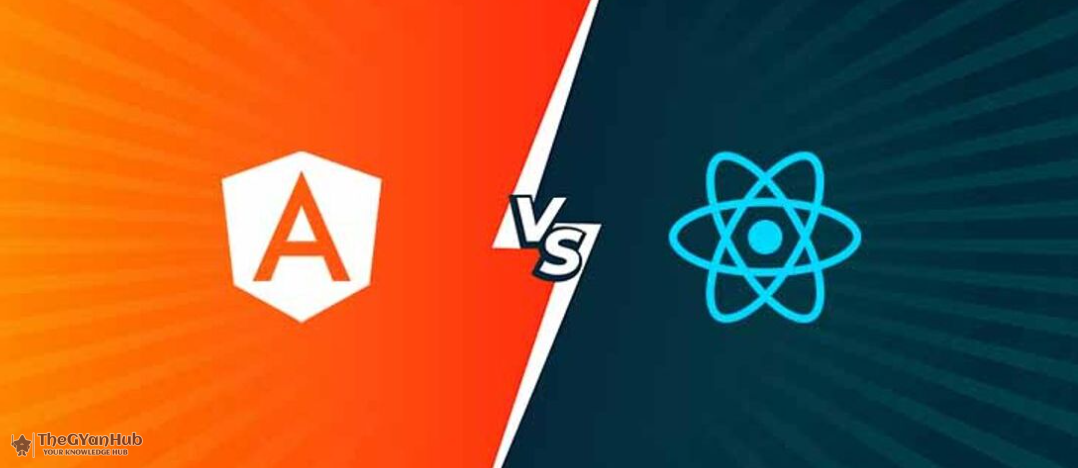I’m a passionate writer who loves exploring ideas, sharing stories, and connecting with readers through meaningful content.I’m dedicated to sharing insights and stories that make readers think, feel, and discover something new.
1. Popularity and Community Support
React remains the most popular front-end library in 2025. According to Stack Overflow Developer Survey data, over 40% of developers prefer React, making it the first choice for startups and modern web apps. Its 210k+ GitHub stars and 15M+ weekly npm downloads reflect its dominance (React GitHub).
Angular, on the other hand, has a smaller but strong user base with 85k+ GitHub stars (Angular GitHub) and around 3M weekly downloads. While it doesn’t match React’s sheer numbers, Angular is still widely used in enterprise-grade projects where structure and scalability are critical.
2. Architecture and Ecosystem
Angular is a full-fledged MVC framework with built-in tools like routing, form validation, dependency injection, and state management (Angular Docs). This makes it a “batteries-included” solution, perfect for teams that want everything under one roof.
React, however, is a UI library, not a complete framework. It focuses only on the view layer and relies on third-party libraries for state management like Redux, Zustand, or Recoil. This gives developers more flexibility but can also mean extra setup time.
3. Performance and Data Handling
React uses a virtual DOM for faster rendering. Features like Concurrent Mode and React Server Components (React Docs) further improve performance for interactive apps.
Angular traditionally used two-way data binding, which could slow things down in large applications. However, with Angular 20, Google has introduced zoneless change detection and Signals (Angular Signals) — a reactive programming model that makes Angular apps more efficient and responsive.
4. Learning Curve and Development Speed
React is considered beginner-friendly. If you know JavaScript, you can start with React Tutorials almost immediately.
Angular has a steeper learning curve because it requires TypeScript and RxJS knowledge (Angular RxJS Guide). But once mastered, Angular makes enterprise projects easier to maintain since everything is standardized.
5. What’s New in 2025?
React 19 Highlights
React Server Components for faster rendering
Concurrent Mode for smoother user experiences
Offscreen Rendering to handle hidden UI elements efficiently
Angular 20 Highlights
Signals API for reactive programming
Zoneless Change Detection, removing Angular’s old performance bottleneck
Improved hydration & build optimization for modern apps
Conclusion
Choose React if you want flexibility, speed, and a massive ecosystem (best for startups & SaaS apps).
Choose Angular if you need a structured, scalable solution for enterprise-level projects.
At the end of the day, there’s no single winner — it depends on your project type, team skills, and long-term goals.
Related articles in this category
Angular vs ReactReact 19 featuresAngular 20 featuresAngular vs React comparisonfront-end frameworks 2025React vs Angular performance









